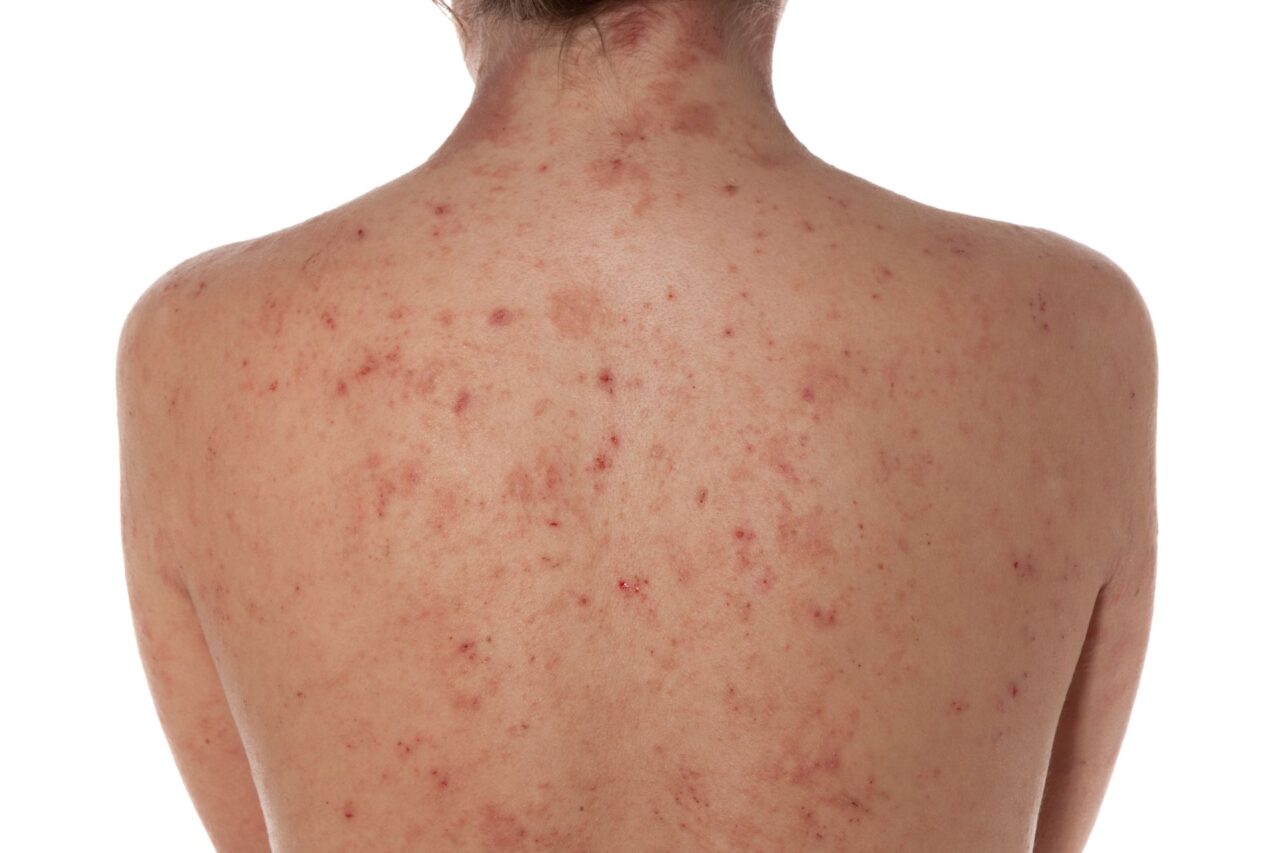Introduction
Welcome to our in-depth exploration of Dowling-Degos Disease: Precision in Diagnosis. In this article, we will delve into the nuances of this rare skin disorder, focusing on precise diagnostic methods and management. Dowling-Degos Disease (DDD) is a dermatological condition that affects the skin’s pigment, and while it may not be well-known, it is crucial to shed light on its diagnosis and treatment. Let’s embark on this informative journey to gain a better understanding of DDD.

Dowling-Degos Disease: An Overview
In this section, we’ll provide a foundational understanding of Dowling-Degos Disease, its symptoms, and its impact on those affected.
What is Dowling-Degos Disease?
Dowling-Degos Disease, often abbreviated as DDD, is a rare genetic disorder that primarily affects the skin’s pigmentation. It is characterized by the presence of small, dark bumps and lesions on the skin, especially in areas with high hair follicle concentration.
Symptoms and Presentation
- Hyperpigmented Lesions: DDD manifests as small, dark, hyperpigmented lesions that typically develop in intertriginous areas (skin folds).
- Comedone-like Papules: Some individuals may develop comedone-like papules, resembling blackheads, on their skin.
- Itchiness and Discomfort: Itchiness and discomfort can accompany these skin changes, impacting the patient’s quality of life.
Dowling-Degos Disease: Precision in Diagnosis
Let’s explore the importance of precise diagnosis in managing Dowling-Degos Disease.
Clinical Evaluation
- Visual Examination: Dermatologists often begin the diagnostic process with a visual examination of the affected skin. They look for the characteristic lesions and evaluate their distribution.
- Differential Diagnosis: DDD can mimic other skin conditions, so a thorough differential diagnosis is essential to rule out similar disorders.
Genetic Testing
- Genetic Markers: Genetic testing can identify specific genetic mutations associated with DDD. This is a definitive method for confirming the diagnosis.
- Familial History: Gathering information about a patient’s family history can also aid in the diagnosis, as DDD is hereditary.
Biopsy
- Skin Biopsy: In some cases, a skin biopsy may be performed. This involves taking a small sample of affected skin for microscopic examination, helping to confirm the diagnosis.
Treatment Options
Now that we understand how crucial precise diagnosis is, let’s explore the available treatment options for Dowling-Degos Disease.
Topical Therapies
- Retinoids: Topical retinoids may be prescribed to manage the appearance of lesions and reduce inflammation.
- Corticosteroids: These can help alleviate itchiness and discomfort associated with DDD.
Laser Therapy
- Carbon Dioxide (CO2) Laser: CO2 laser therapy can be effective in treating hyperpigmented lesions, improving skin texture.
Genetic Counseling
- Understanding the Genetic Component: Genetic counseling can help patients and their families understand the genetic basis of DDD and the potential risks of passing it on to future generations.

Frequently Asked Questions
Is Dowling-Degos Disease contagious?
No, DDD is not contagious. It is a genetic condition and cannot be transmitted through contact with affected individuals.
Can Dowling-Degos Disease be cured?
There is no cure for DDD at present. Treatment focuses on managing symptoms and improving the appearance of the skin.
Are there support groups for people with Dowling-Degos Disease?
Yes, several online support groups and communities exist to provide information and emotional support to individuals and families affected by DDD.
Is Dowling-Degos Disease life-threatening?
No, DDD is not a life-threatening condition. It primarily affects the skin’s appearance and does not typically lead to serious health complications.
Can DDD be diagnosed in childhood?
Yes, DDD can be diagnosed in childhood, and early diagnosis can help in managing the condition more effectively.
Are there any experimental treatments for Dowling-Degos Disease?
Research into DDD is ongoing, and there may be experimental treatments available in clinical trials. Consult with a dermatologist for the latest information.
Dowling-Degos Disease: Precision in Diagnosis
In conclusion, the precise diagnosis of Dowling-Degos Disease is paramount in ensuring that individuals with this condition receive the appropriate care and management. While there is no cure, various treatment options are available to improve the quality of life for those affected. Understanding the genetic basis of DDD and seeking support from healthcare professionals are essential steps in managing this rare skin disorder.




